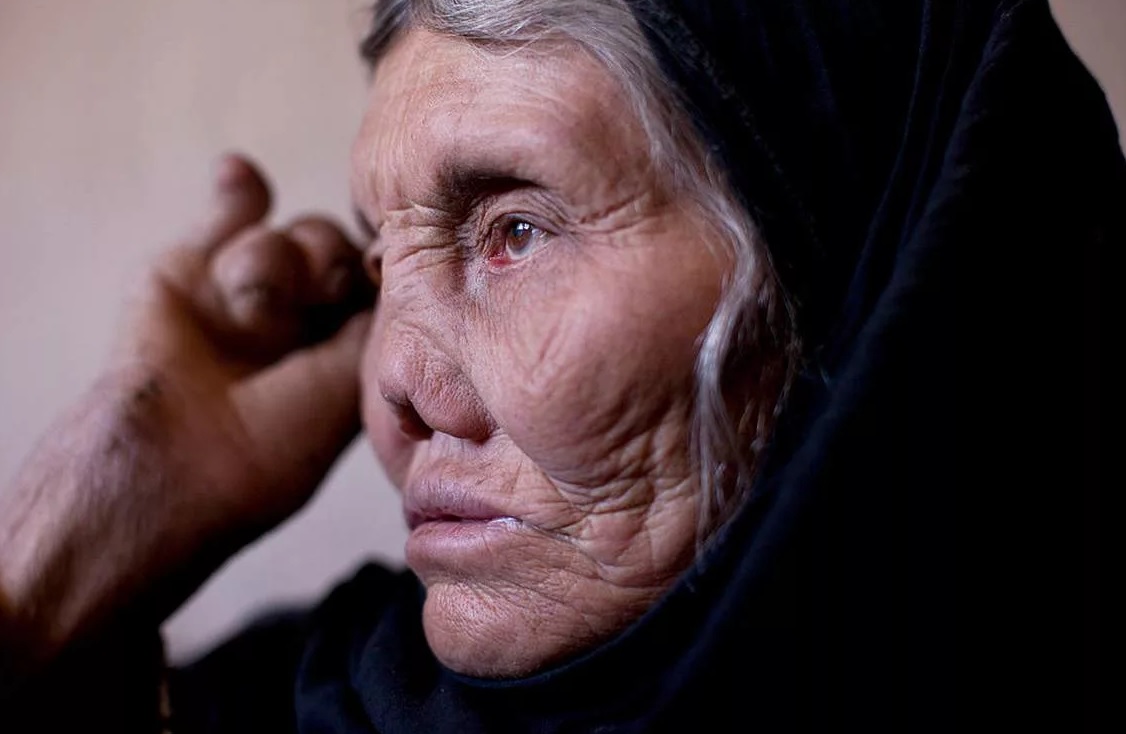What's in this article?
What is leprosy?
Leprosy is a disease mainly caused by the bacteria Mycobacterium leprae, which causes damage to the skin and the peripheral nervous system. The disease develops slowly (from six months to 40 years) and results in skin lesions and deformities, most often affecting the cooler places on the body (for example, eyes, nose, earlobes, hands, feet, and testicles). The skin lesions and deformities can be very disfiguring and are the reason that infected individuals historically were considered outcasts in many cultures. Although human-to-human transmission is the primary source of infection, three other species can carry and (rarely) transfer M. leprae to humans: chimpanzees, mangabey monkeys, and nine-banded armadillos. The disease is termed a chronic granulomatous disease, similar to tuberculosis, because it produces inflammatory nodules (granulomas) in the skin and nerves over time.
read more: Difference Between Leprosy and Psoriasis
What Causes Leprosy?
Leprosy is caused by a slow-growing type of bacteria called Mycobacterium leprae (M. leprae). Leprosy is also known as Hansen’s disease, after the scientist who discovered M. leprae in 1873.
read more: Sign of Leprosy
Symptoms of Leprosy
Symptoms include:
- Skin lesions that are lighter than your normal skin color
- Lesions that have decreased sensation to touch, heat, or pain
- Lesions that do not heal after several weeks to months
- Muscle weakness
- Numbness or lack of feeling in the hands, arms, feet, and legs
read more: Leprosy: Classifications, Prognosis & Treatment
Types of Leprosy
There are three systems for classifying leprosy. The first system recognizes two types of leprosy: tuberculoid and lepromatous. A person’s immune response to the disease determines their type of leprosy.
The immune response is good and the disease only exhibits a few lesions (sores on the skin) in tuberculoid leprosy. The disease is mild and only mildly contagious.
The immune response is poor in lepromatous leprosy and affects the skin, nerves, and other organs. There are widespread lesions and nodules (large lumps and bumps). This disease is more contagious.
WHO categorizes the disease based on the type and number of affected skin areas. The first category is paucibacillary, in which five or fewer lesions with no bacteria are detected in the skin sample. The second category is multibacillary, in which there are more than five lesions, bacteria is detected in the skin smear, or both.
Clinical studies use the Ridley-Jopling system. It has six classifications based on severity of symptoms. They are:
- intermediate leprosy: a few flat lesions that sometimes heal by themselves and can progress to a more severe type
- tuberculoid leprosy: a few flat lesions, some large and numb; some nerve involvement; can heal on its own, persist, or may progress to a more severe form
- borderline tuberculoid leprosy: lesions similar to tuberculoid but smaller and more numerous; less nerve enlargement; may persist, revert to tuberculoid, or advance to another form
- mid-borderline leprosy: reddish plaques, moderate numbness, swollen lymph glands; may regress, persist, or progress to other forms
- borderline lepromatous leprosy: many lesions including flat lesions, raised bumps, plaques, and nodules, sometimes numb; may persist, regress, or progress
- lepromatous leprosy: many lesions with bacteria; hair loss; nerve involvement; limb weakness; disfigurement; doesn’t regress
read more: Leukocytes: Functions, in Urine & in Stool
Possible Prevention of Leprosy?
Prevention of contact with droplets from nasal and other secretions from patients with untreated M. leprae infection is currently the most effective way to avoid the disease. Treatment of patients with appropriate antibiotics stops the person from spreading the disease. People who live with individuals who have untreated leprosy are about eight times as likely to develop the disease, because investigators speculate that family members have close proximity to infectious droplets. Leprosy is not hereditary, but recent findings suggest susceptibility to the disease may have a genetic basis.
Many people get exposed to leprosy throughout the world, but the disease in not highly contagious. Researchers suggest that most exposures result in no disease, and further studies suggest that susceptibility may be based, in part, by a person’s genetic makeup. In the U.S., there are about 200-300 new cases diagnosed per year, with most coming from exposures during foreign travel. The majority of worldwide cases are found in the tropics or subtropics (for example, Brazil, India, and Indonesia). The WHO reports about 500,000 to 700,000 new cases per year worldwide, with curing of about 14 million cases since 1985.
There is no commercially available vaccine available to prevent leprosy. However, there are reports that using BCG vaccine alone, the BCG vaccine along with heat-killed M. leprae organisms, and other preparations may be protective, help to clear the infection or possibly shorten treatment. Except for BCG being obtainable in some countries, these other preparations are not readily available.
Animals (chimpanzees, mangabey monkeys, and nine-banded armadillos) rarely transfer M. leprae to humans. Nonetheless, handling such animals in the wild is not advised. These animals are a source for endemic infections.
read more: Anosmia or Loss of Smell: Risk Factors & Diagnosis






Leave a Comment